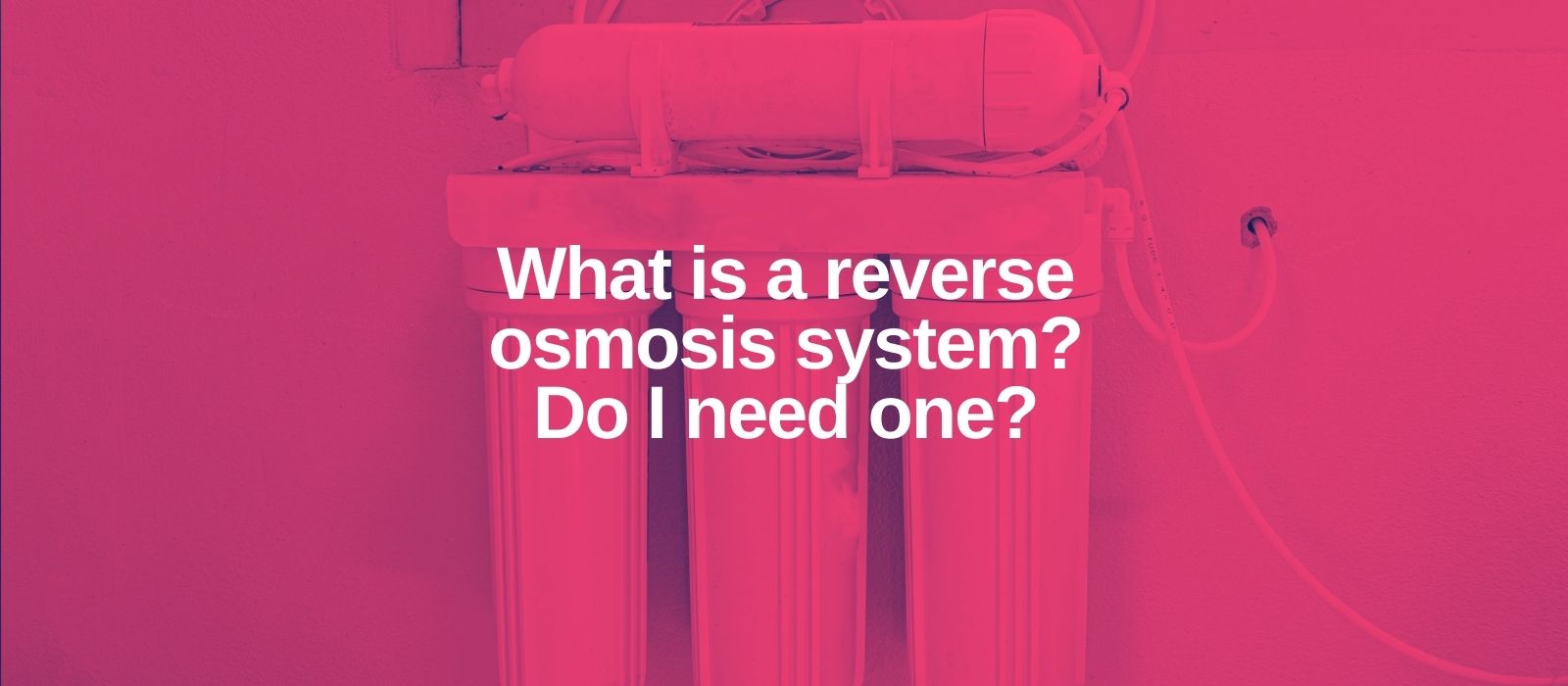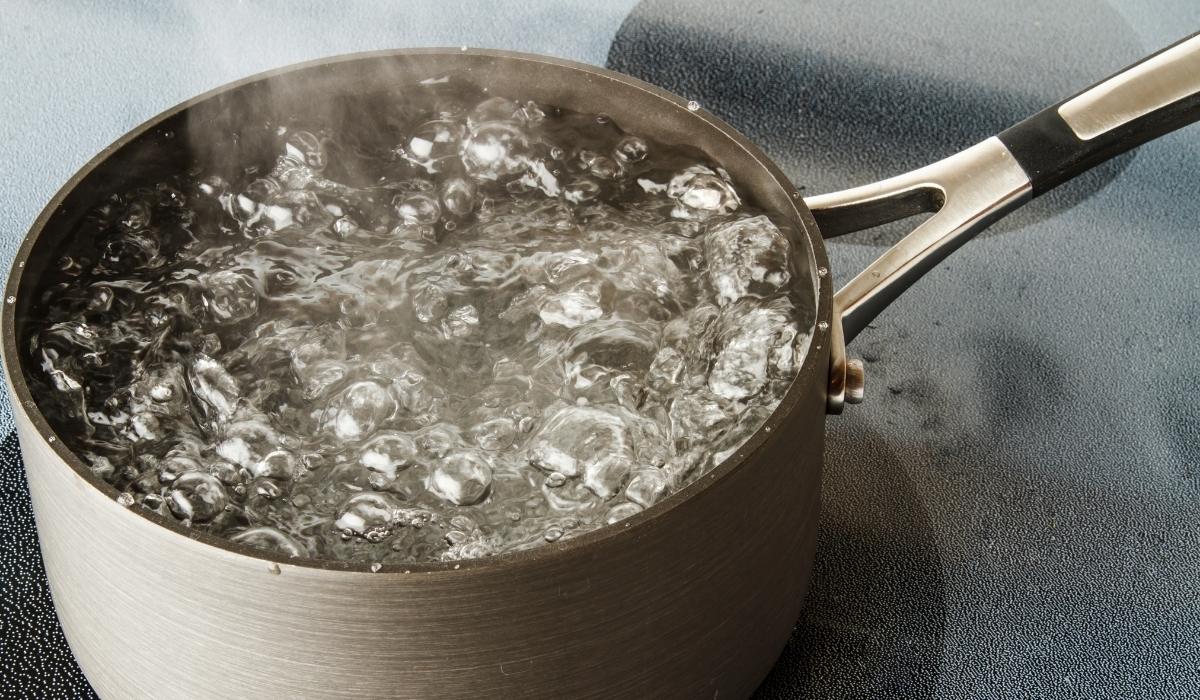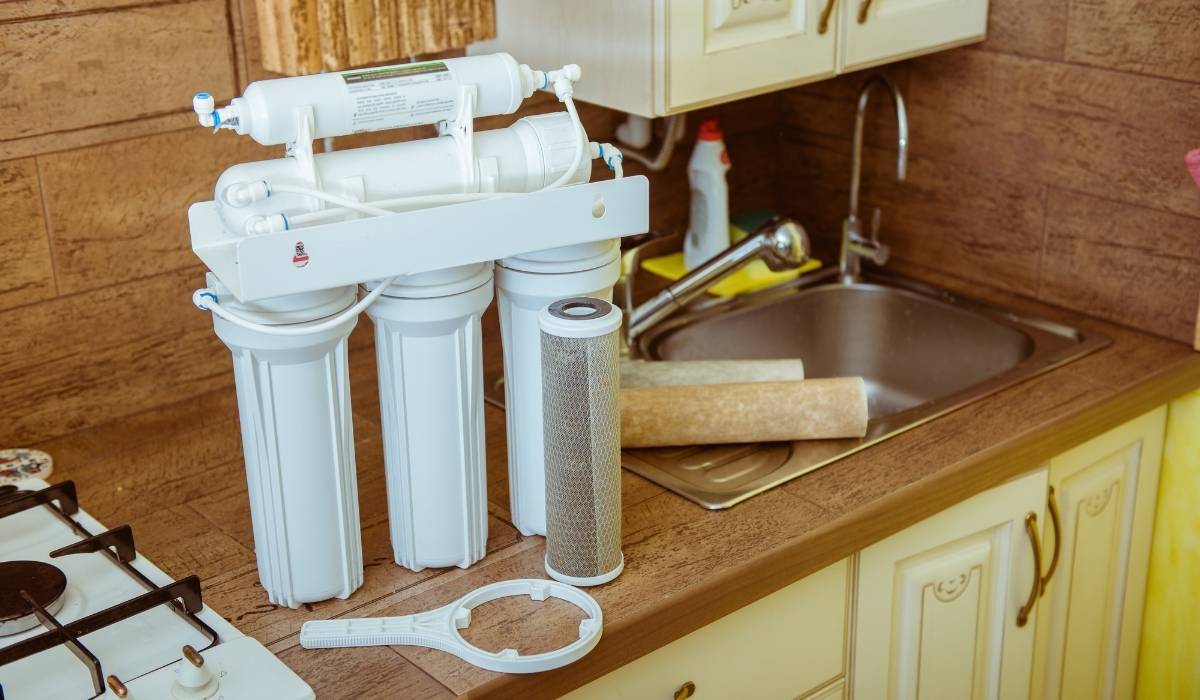What is reverse osmosis?
Reverse osmosis systems, as the name suggests, reverse the flow of molecules to purify water. During reverse osmosis, the filter uses pressure to force tap water through a semi-permeable membrane and removes contaminants and solids from your drinking water. The clean filtered water passes through and the contaminants remain behind on the other side of the membrane. Reverse osmosis may also be referred to as hyperfiltration or “molecular filtration”.
What are reverse osmosis filters used for?
Many people find it beneficial to install a reverse osmosis system below their sink in order to maximize convenience. Installing one of filters under your kitchen cabinet lets you utilize reverse osmosis for drinking, cooking and other household tasks. An RO system is an excellent choice for drinking water and taking showers because the reverse osmosis filters use high pressure to blast away contaminants like salt and microorganisms that can corrode metals like steel and iron.
Reverse osmosis systems also remove pesticides, herbicides, chlorine residue, lead and many other common impurities. Reverse osmosis systems are capable of reducing certain levels of fluoride as well as calcium carbonate (a compound found in hard water).
Pros and Cons of owing a reverse osmosis system.
- Easy access to clean drinking water
- Save's money over time
- Cuts down on plastic bottle usage
- Requires installation to your plumbing
- Requires periodic filter changes
Ben Jordan has over 10 years of experience working in the water treatment industry and has a bachelors degree in water management. Water is his passion and in his free time he’s an aquarist that maintains large saltwater aquariums.




